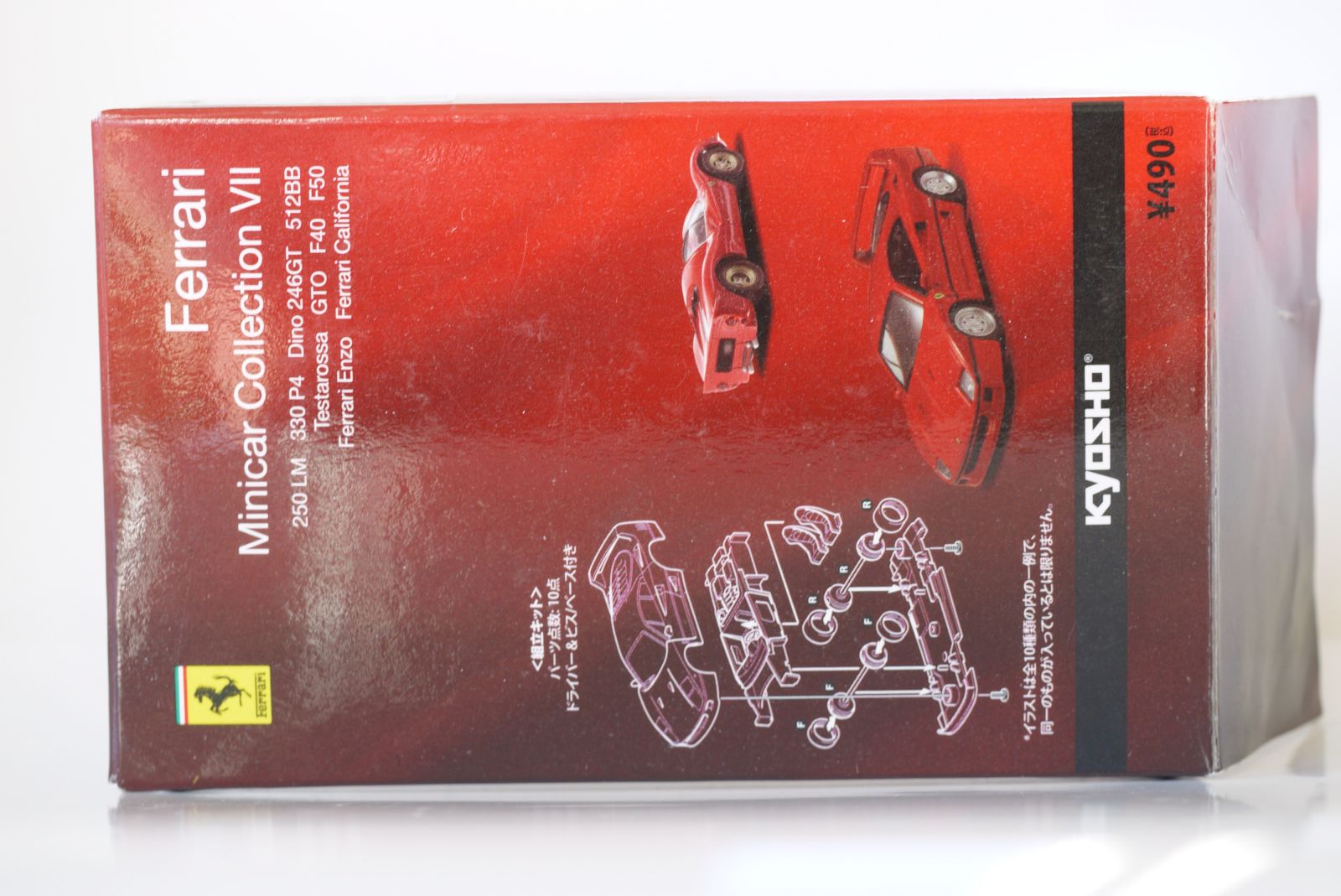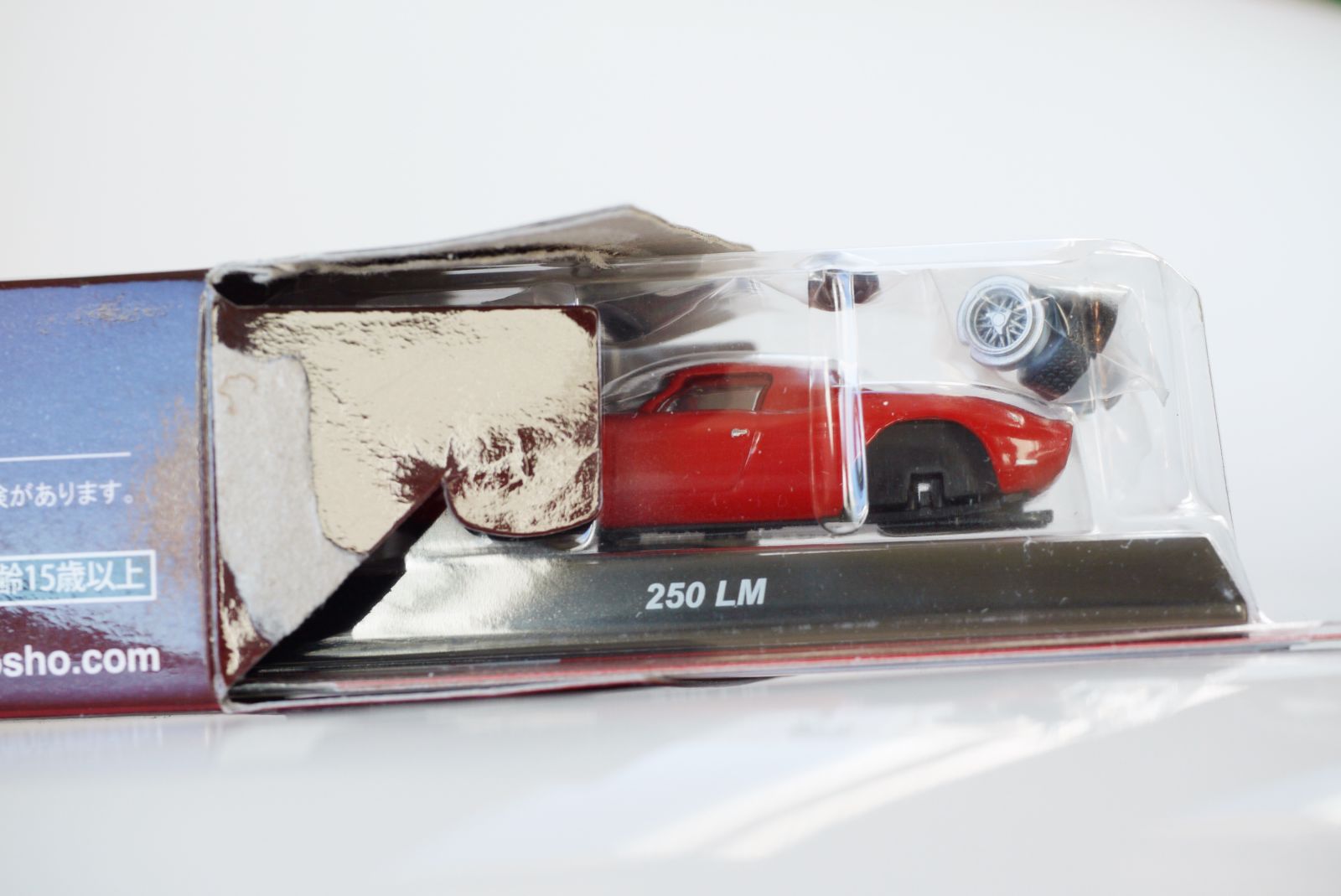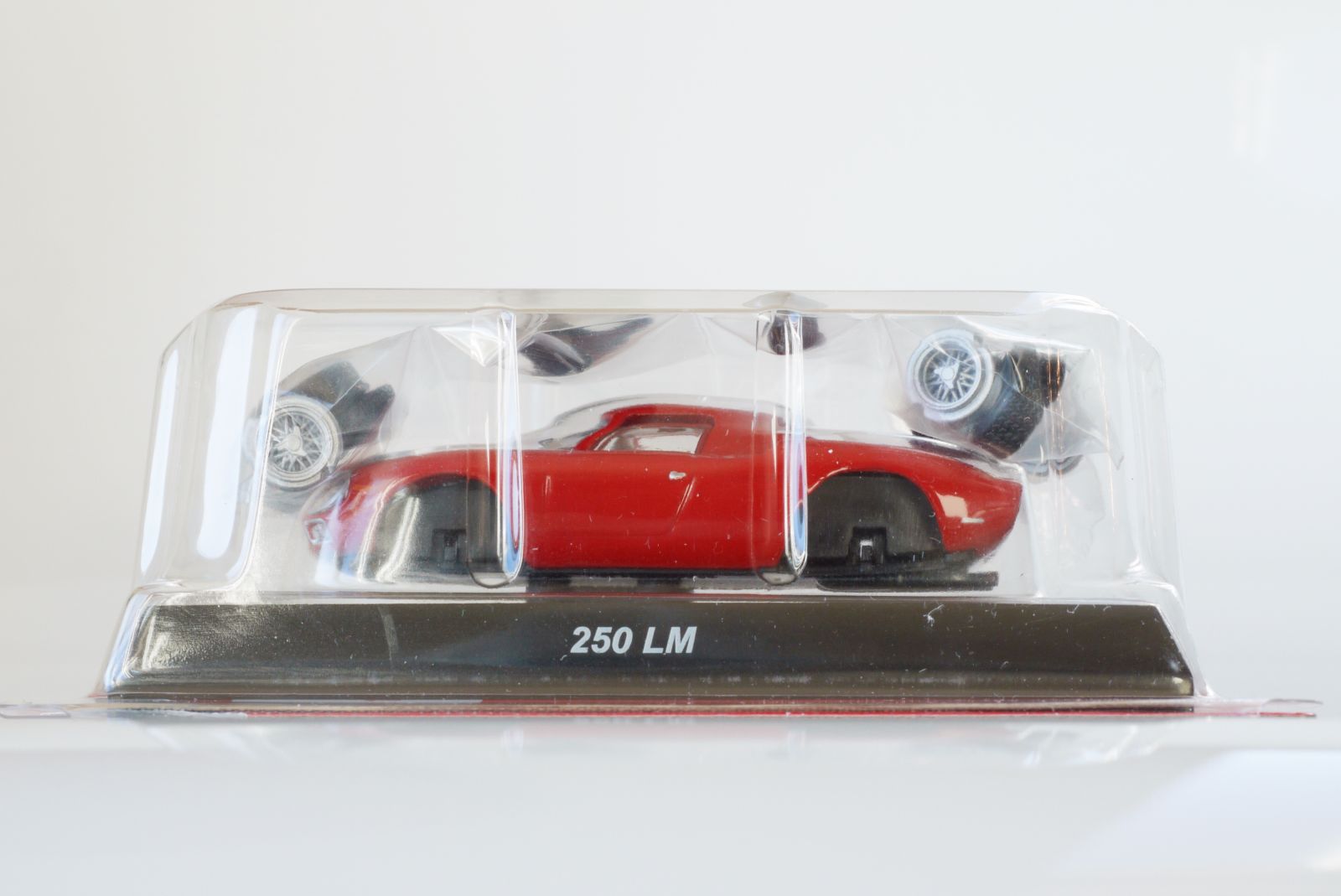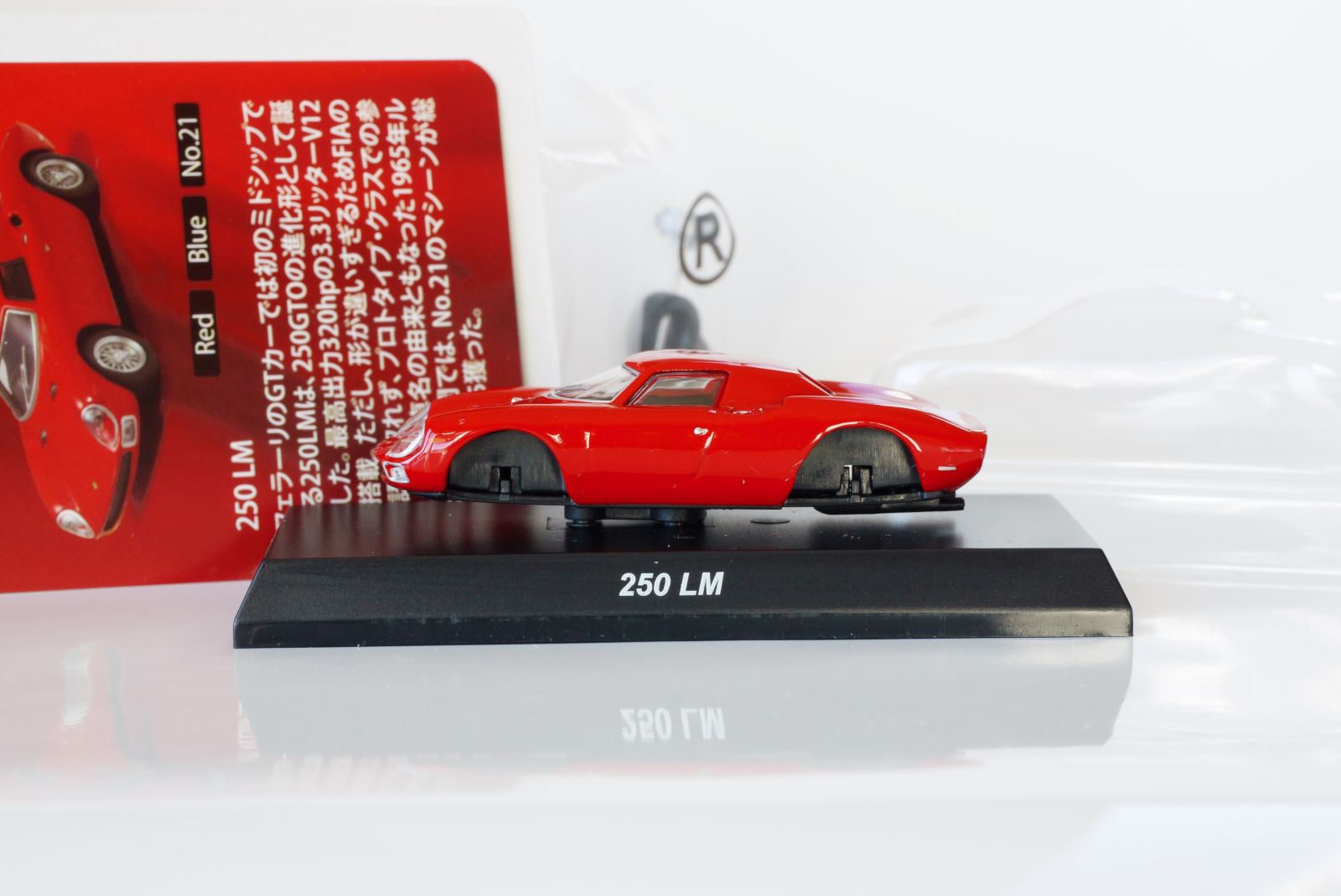With the introduction of the uncompromizing 250 GT, Ferrari’s stronghold on GT racing was solidified exponentially. First introduced in 1954, the LWB (Long Wheel Base) 250 GT dominated, the introduction of SWB (Short Wheel Base) 250 GT late in 1959 took that domination one step further and with the 250 GTO of 1962 the domination was complete. Times were changing, the introduction of the mid-mounted engine in the 1950s changed the outlook of the sport and was set to leave many dominating models obsolete, including the 250 GT(O).
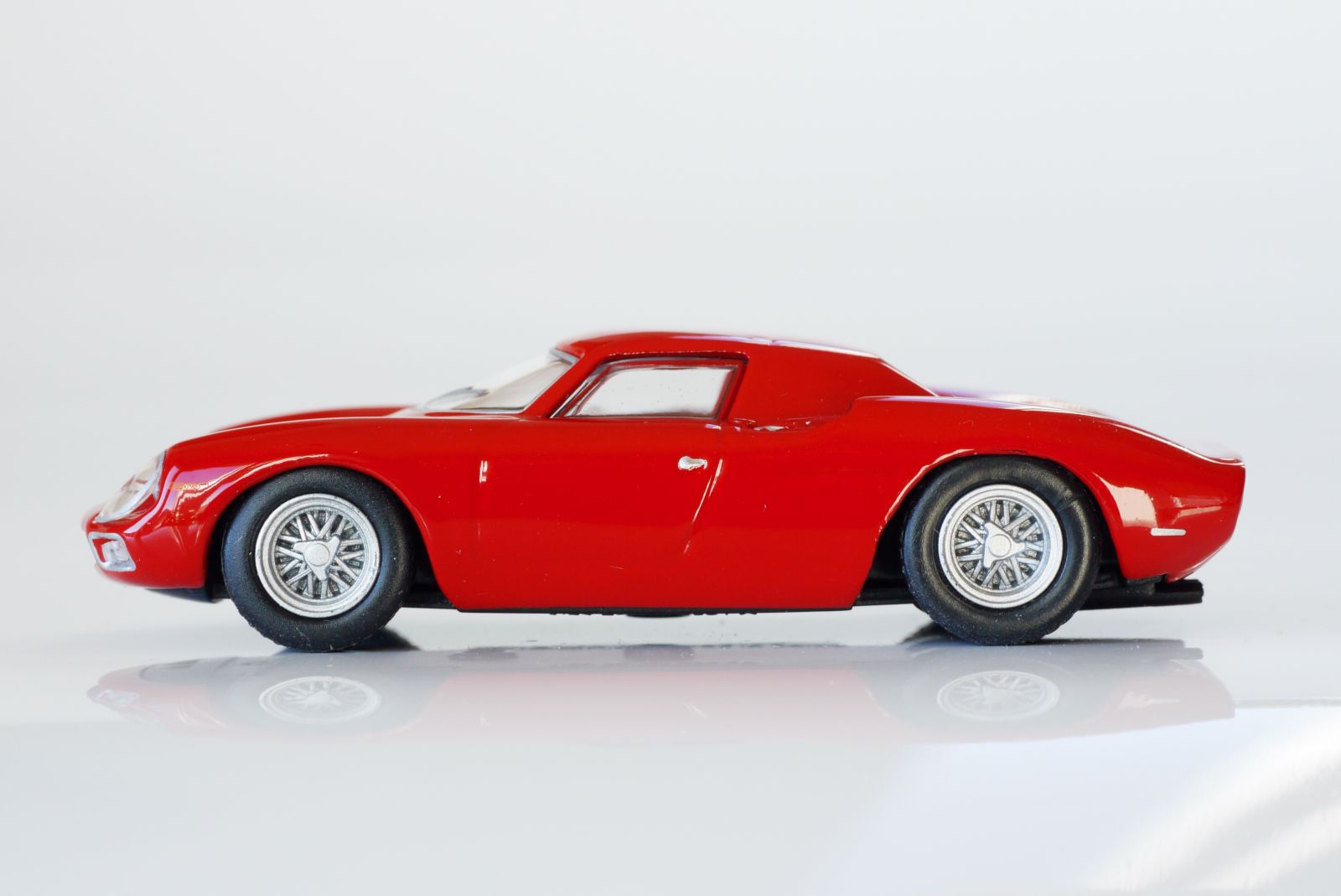
Never quick to respond to technical innovations, Ferrari built their first successful mid-engined racer in 1961, the F1 championship winning V6 engined 156. The first mid-engined sports cars were also powered by V6 engines and it was Ferrari’s arch-rival Maserati (Tipo 63) that beat the Maranello based firm to building a sportscar with a mid-mounted V12. Based on the V6 engined racers, Ferrari’s first V12 exploit proved an immediate success. Powered by the 250 GTO derived 300 bhp engine , the 250 P smashed the Monza track record on its 1962 debut. At the 24 Hours of Le Mans of a year later, two 250 Ps finished first and third, with a 250 GTO finishing second and the rest of the top six filled with Ferraris as well.
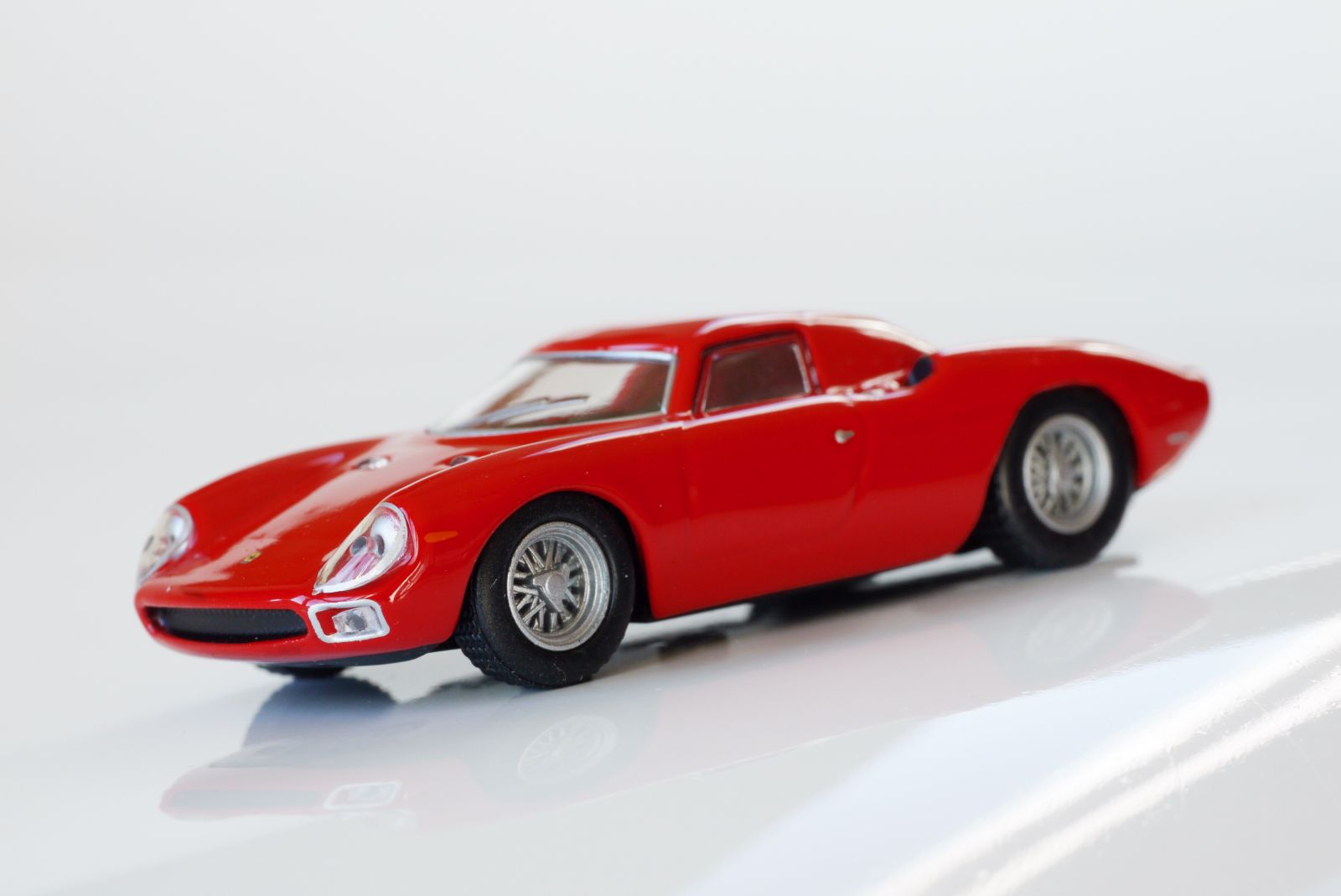
To continue the GT dominance, Ferrari realised that, after ten years, the successful 250 GT series had to be abandoned for a completely new car. Logical base for this new car was the all-conquering 250 P, which would be perfectly suited to GT racing with a couple of modifications. Most notable difference between the 250 P and the new 250 LM was the addition of a roof. For the chassis tubes a higher gauge of steel was used for extra rigidity.

At the 1963 Paris Motorshow the 250 LM made its official debut, but it wasn’t until 1964 that the production version was ready. Main difference between the show car and all other 250 LMs was the engine displacement. The 250 LM still used the GTO derived 3 litre, in the production cars, however, a bored 3.3 litre version was used. In good Ferrari tradition it should thus have been called 275 LM, but for commercial and homologation reasons the 250 was used.
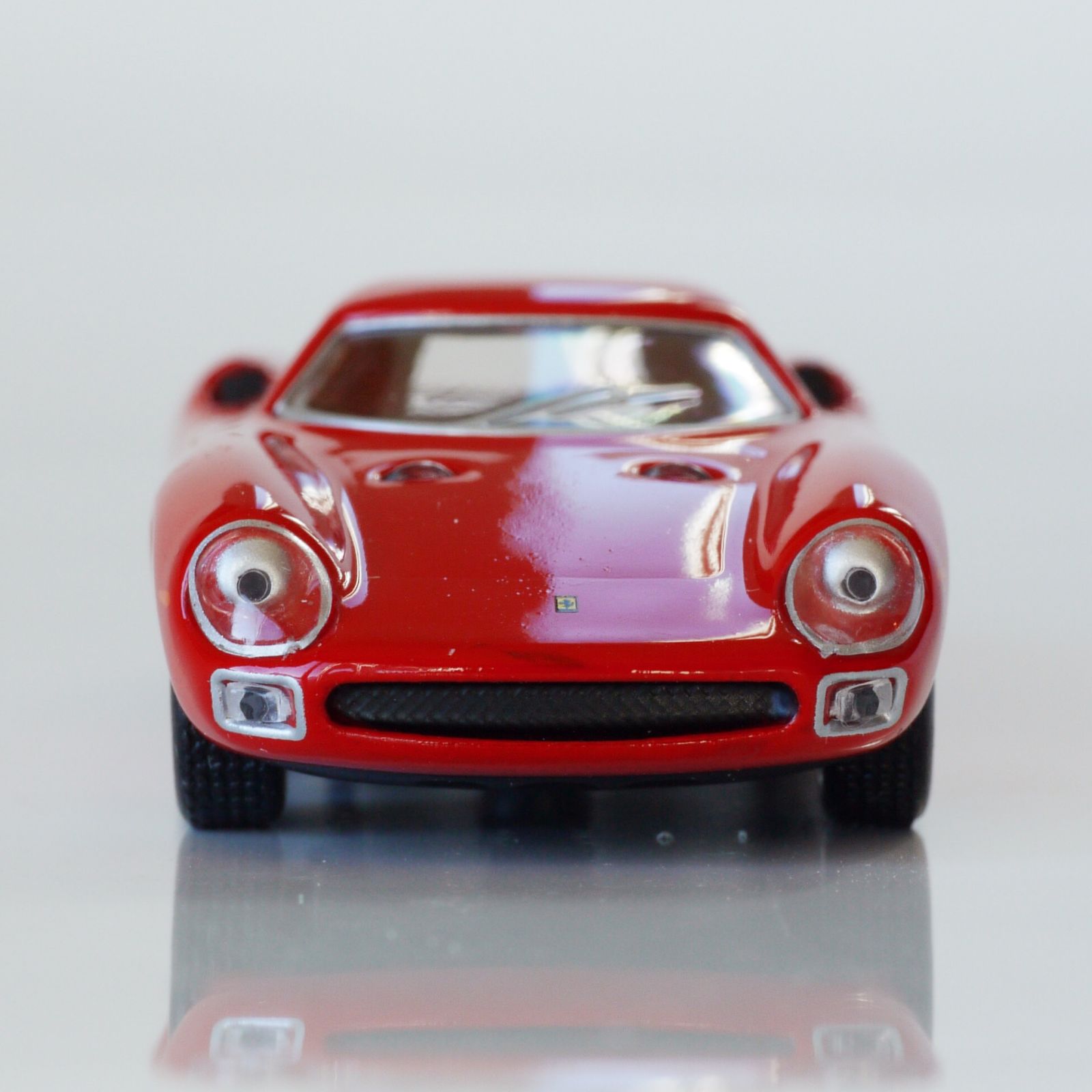
Homologation was a keyword in the LM’s sporting history. With the GTO Ferrari had managed to avoid the 100 car production minimum, by claiming it was just a rebodied 250 GT SWB, which it definitely was not. In 1964 the FIA was quick to deny the homologation request for the LM, as they didn’t think Ferrari would ever produce 100 LMs. Reluctant to give up, Ferrari continued development work on the LM. However, only 32 250 LMs were eventually constructed, proving the FIA’s assumptions right.

With the GT homologation refusal, the 250 LM was only eligible to race in the prototype class, where it was pitched against more sophisticated rivals from its own stable. This didn’t stop the 250 LM from winning and in 1964 ten victories were scored out of 35 entries. Five 250 LMs were entered in the 1965 24 Hours of Le Mans by privateers. When both Ferrari and Ford’s prototype effort failed by poor reliability, the NART entered 250 LM stepped in to record its finest victory. Two of the other four finished in the top six as well, in second and sixth.

Although the 250 LM was not as successful as its predecessors, it did manage to secure Ferrari’s last overall Le Mans victory and to this day it has a special spot in many Ferrari fan’s hearts. With only 32 built, the 250 LM is extremely rare and valuable, for this reason a number of replicas were built. To add to the confusion original serial numbers were used for the replicas. One thing is for sure, more 250 LMs exist today than originally left the factory.

I really love this 250lm the 250 GTO series 2 not so much. Kyosho has done a great job again chrome plastic lenses approiate decals. I also love the squat stance.
Thanks for looking
Info above from ultimatecarpage written by Wouter Melissen
Bonus images from box to car
